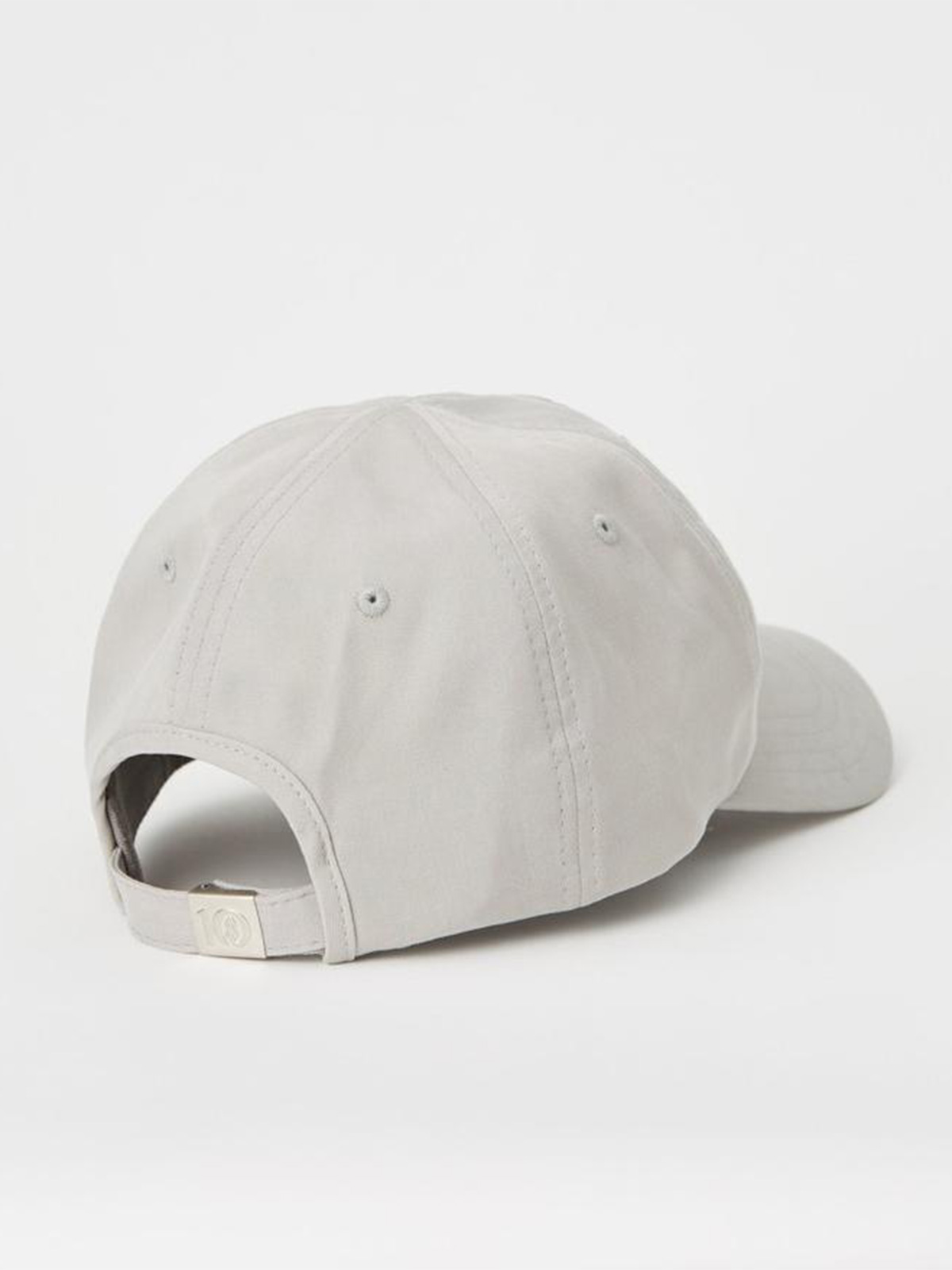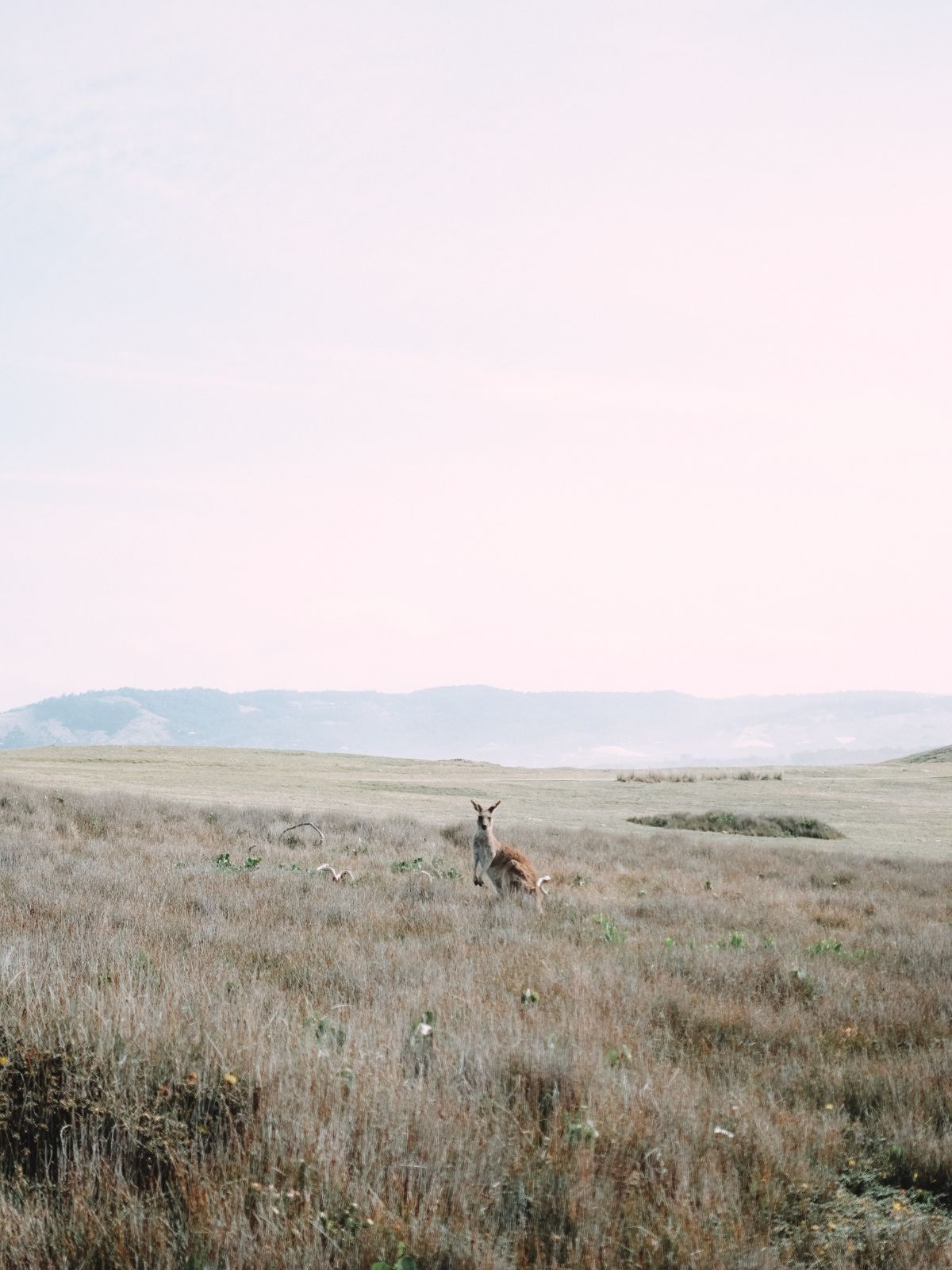Everyone wears clothes – probably even the most die-hard nudists, sometimes – so whether you’re an avant-garde fashionista or a committed dag, you should know the ethical dimensions of the fabric we wear.
As an ethical consumer, how do you know for sure that your favourite “ethical” clothing brand is actually using sustainable fabrics? If you answered, “Because it says so on the website”, no dice. The requirements for a fabric or material to be considered sustainable are many. While there are ways to ensure you only buy sustainable materials – like GOTS certification – sometimes if transparency is poor, it comes down to the consumer asking the right questions.
Strap on your (unsustainable polyester) seatbelts for the Otter guide to sustainable fabrics.
Conscious consumers should ideally ask a tonne of questions before handing over their money. Whether we are asking the designer, the salesperson, Google or apps, it’s up to us to be armed with the right queries.
Consider a white T-shirt. First, we want to know if it was ethically produced. Is it fair trade? Where was it made? We might want to know the fuel expended in shipping – its carbon miles (or kilometres, but that’s a bit of a mouthful). Were the workers in the fabric mills fairly paid? Will the T-shirt stand the test of time? Can it be recycled? These are all great questions – but the first and foremost question any consumer should be asking is, “What is it made from?” And checking the label just doesn’t cut it.
What is it made from?
This is the preliminary question because it opens up an underbelly of sub-questions delving deeper into the fashion cycle of that garment; before that cotton was made into your T-shirt, it was out in a cotton field, probably in India or China, a long way from your wardrobe, with a huge journey ahead of it.
What do we mean by “sustainable” fabric?
Navigating the intricate sustainable fashion rulebook can feel like a minefield, especially when the fashion industry is taking liberties with the term “sustainable”. It’s important to know what we mean when we say “sustainable”. For the purposes of this article, to be sustainable, any design – from a shoe to a piece of cloth – must tick three major boxes: it must not impinge on workers’ rights, animal rights, or harm the environment.
A starting point – fabrics that are definitely not sustainable
Polyesters, nylon and acrylics are artificial fibres made from petrochemicals that are absorbed by the skin of the wearer. These fibres don’t break down as they are made from plastic, creating tonnes of pollution. Nylon production creates nitrous oxide, a dangerous greenhouse gas.
Rayon (viscose) is a synthetic fibre made from wood pulp, which is treated with hazardous chemicals. The production of rayon also sees the destruction of ancient forests to make room for pulpwood plantations.
Fabric made from bamboo is often presented as sustainable, but this is only true in limited cases. While bamboo is a relatively sustainable source of fibre, the problem is in the production of the final cloth. The soft bamboo that is most in demand is normally made in the same way as rayon, with a similarly highly intensive and unsustainable chemical process. There is an alternative and much less harmful method that uses a closed loop process and produces a product marketed as Tencel or Lyocel.
Silk is a natural fibre made from the grub of the silk moth. It takes thousands of the grubs to create a small amount of silk. There are now alternate ways of harvesting silk, called Peace Silk, where the grub is allowed to leave the cocoon, but this ethical option is not widely adopted as the end product is not as soft.
Is there sustainable fabric certification to look out for?
Yes. Always look for a GOTS certification on the care label of a garment. This is a definitive sign that the fabric has ticked all (or most) of the boxes to be considered sustainable. If a fabric is GOTS-certified (an acronym for Global Organic Textile Standard), the buyer of the fabric can trust that it’s fair trade.
If the product is supposedly ethical but doesn’t have sustainable certification, this doesn’t mean it’s not sustainable. Some smaller fabric mills can’t afford certification, so it’s then up to the buyer to take steps to ask what makes it sustainable and ethical.
Are natural fibres always sustainable?
Not always. Natural fibres are those produced by plants or animals that can be spun into a fabric – such as silk, wool, hemp, bamboo or cotton.
Let’s go back to that cotton field. Cotton is the most widely used natural fibre in the world. Growing in nature, this must mean it’s a sustainable fibre, right? Not necessarily. The cotton industry is responsible for 24% of the world’s insecticide use. That alone results in a massive footprint. Unfortunately, this means that one of the most beloved wardrobe staples in history – jeans – are often made from unsustainable, non-organic cotton. Unless otherwise specified (e.g. Nudie Jeans who use 100% certified organic cotton), chances are your old faithfuls are chock-full of chemicals.
So in that case, while the cotton is natural, it’s not always sustainable because of the environmental impact during the harvesting phase. Made-By was an expert European NGO working to make sustainable cotton common. It rates organic hemp, organic linen and textiles made from recycled materials with the least environmental harm.
Another example is wool. Also known as sheep fleece, wool is a natural fibre taken from sheep – but the way the sheep are treated is often inhumane.
The hard part for ethical consumers is getting all the answers to piece together the whole story.
How can believe what we’re told?
With the contagion that is greenwashing infiltrating the ethical fashion world, ethical brands, designers and manufacturers need to be as transparent as glass about every aspect of their creations.
Charlatans masquerading as ethical are marketing their wares as being made from natural sustainable fabrics – which may be true by some measures, but not all. Just because the cotton is organic, i.e. made without harsh chemicals, doesn’t mean the workers in the cotton fields were fairly paid. It doesn’t mean thousands of carbon miles weren’t clocked up importing the cotton from China or India. There is more than one tick box for a fabric to be 100% legitimately sustainable and ethical, and when certification is not present, transparency is key.
Starting your sustainable fabric journey
The ethical fashion movement is in its infancy, but has a huge, important future. We each have a very important role to play in that future, as we continue to require clothes throughout our lifetimes.
Next time you get changed, turn your T-shirt inside out and look at the label. Besides the washing instructions, you’ll see the most important detail on this garment – the material. What is your T-shirt made from? Asking this question is the first step on your sustainable fabric journey.



















